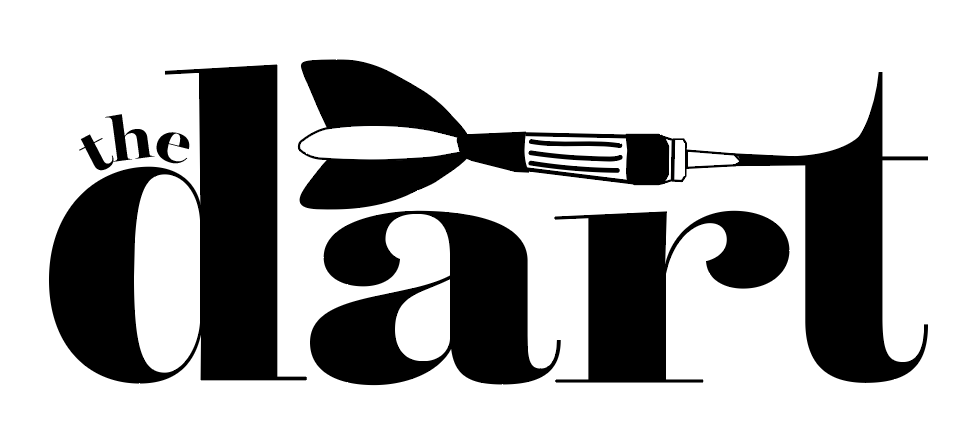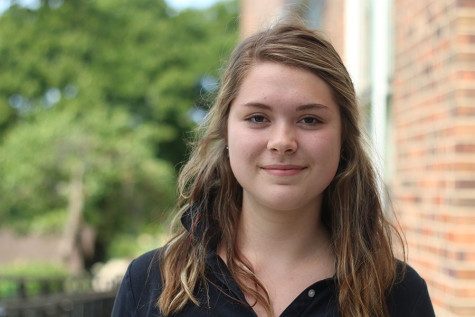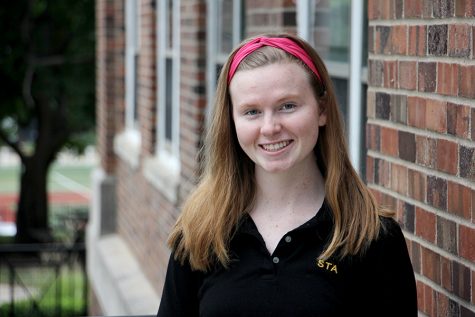Actualizing the arts: education’s approach to creativity
As creativity forges towards the front of a changing professional landscape, schools alter their approach to teaching the arts or risk helping students towards the path of success.
October 20, 2016
photos by Linden O’Brien-Williams, story by Helen Wheatley
Innovation has always driven successful economies. Every piece of wearable tech, thriller novel, ropes playground or Iranian political policy is a product of colorful gears whirring inside of a creative individual’s mind. But over the last decades, the world has become accustomed to these new breakthroughs on a regular basis, forcing the successful professional to add a twist of creativity to his/her already full toolbox. The seed that was creative problem solving has grown into a full-blown industry, bringing young professionals with it.
To meet the needs of a changing world, educating future yuppies has never looked so different. Science, technology, engineering and math are necessary components of innovation, but its driving factor has always been creativity, a desire for something different. The ‘A’ in STEAM is being pushed and pulled around as schools across the country try to find a niche for the arts in education.
Ready to Innovate, a study by the Americans for the Arts advocacy group, asked superintendents of schools as well as business leaders how to ensure that the youth of today can be successful members of the workforce tomorrow. They found that 72 percent of business leaders said creativity was the number one skill they sought when hiring. From high schools across the country, 94-97 percent of superintendents believed courses in dramatic arts, creative writing, studio arts and music build creativity.
STA students are required to complete a half credit of a fine or communication art, constituting a semester class in this discipline. Fine or communication arts classes range from Drawing to Journalism to Theatrical Design. Two and a half credits of elective courses are required for graduation, which constitutes about two and a half years of classes. Elective courses encompass any unrequired course a student would like to take– whether that be math, art, language or anything in between, STA’s policy on graduation requirements states.
However, STA is not alone in lacking lengthy requirements for the classes that superintendents agree boost creativity. Seven percent of high schools require a class in studio arts, 17 percent require a course in music and 54 percent require a class in creative writing, according to the Ready to Innovate study.
The reasoning for engineering graduation requirements in this way has to do with a focus on college as the end goal for STA students, according to Principal of Academic Affairs Barb McCormick. In only requiring a half credit of fine/communication arts, STA is allowing students to pick a path that coincides with their interest areas, McCormick believes.
A communications piece of the fine arts credit was added a few years ago, to make the credit more accessible to students taking classes in communication arts, according to McCormick. Since this merger, art teacher Lisa Dibble has seen enrollment in her classes dwindle a bit. She recognizes that students have many course options to pick from, so has made changes like adding quarter semester classes. This year, Dibble is pleased with enrollment.
“I can’t change the way things are,” Dibble said. “We just have to adapt to it and see what we can change and mix up.”
Junior Yasmeen Mir transferred to STA at the beginning of this school year, coming from Kansas City Academy– a school where “creativity, arts, music, theater, and culinary are a part of the core curriculum”, according to the school’s website. Mir believes that having the arts heavily involved in her education has made her a more confident person.
“[Visual arts] got me started thinking about why we do the things that we do, and that made my other classes a lot more important to me as well,” Mir said. “If you have the chance to experiment with yourself in an artistic way, and with the world in an artistic way, you’re learning in a metaphoric sense that you don’t often get the chance to do.”
This experimental way of learning translates into skills necessary for today’s professionals, Dibble believes.
“[When making art], you have to make decisions all the time and you’re the person making them, you’re not regurgitating information you heard in a lecture,” Dibble said. “It’s really challenging, and people are excited by it.”
As STA has been developing its STEM/STEAM initiative this past year, a new emphasis has been placed on creativity in the science and math departments. STA’s implementation of the ‘A’ in STEAM is in students cultivating their creativity skills through innovative problem solving, as opposed to arts programming, according to McCormick. But for Dibble, fine arts classes can be the catalyst for confidence and creativity.
“That skill to trust yourself and to have the confidence to make decisions… is so important,” Dibble said. “There’s so much growth that happens from failure. It’s satisfying to know [art] is yours, and you own it. That’s why people do it. I think they need to do something that’s their own creation and that’s not generated by a computer.”
Graphic design teacher Kelly Scott’s classes walk the line between technology and art. Scott believes her subject area provides a practical application for the arts in an innovative world, thus she tries to incorporate a fine art and digital art aspect into every project her classes do.
“To make a name for yourself, you’re going to have to do things better and differently than everyone else,” Scott said. “Doing things creatively will allow my students to be the ones who change the way STA or Kansas City or the world does something.”
The consensus tends to be that creativity skills are the wave of the future. For Scott’s graphic design, it’s the practice of thinking about the “ten different ways to design a book cover for Catcher in the Rye”. For McCormick, it’s in the innovation of “joining Robotics and figuring out how to program the robot”. For Dibble’s fine arts, it’s “working with your hands, the mind- body connection”. For Mir, it’s the way being “encouraged to be original and to experiment translates into the way you think about yourself”.
Innovation, welcome to the future.




